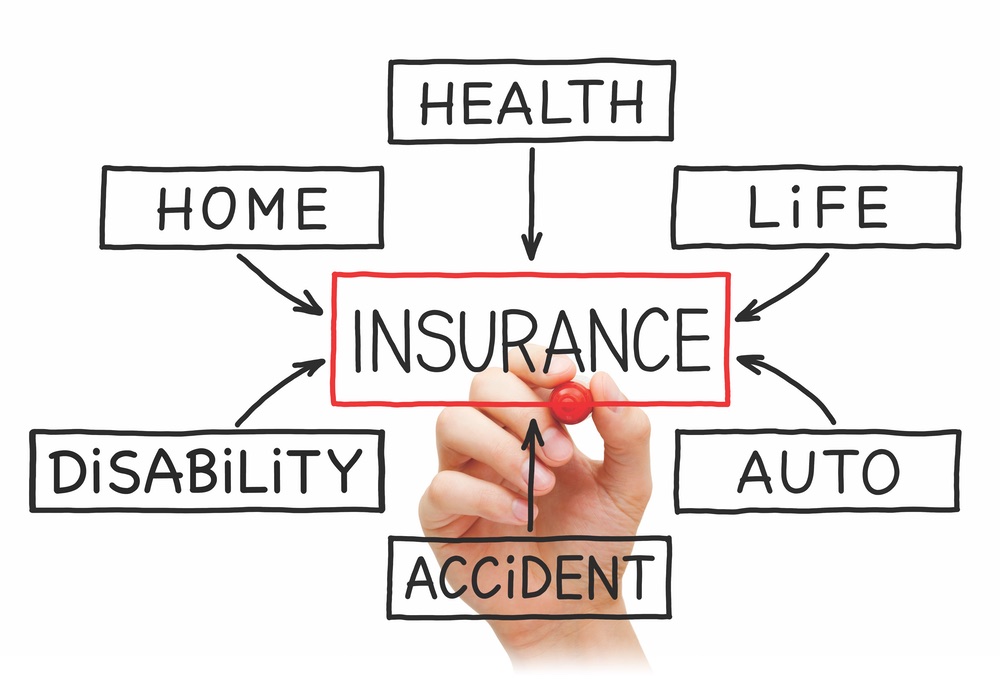If your business has grown or you are constantly looking for qualified employees, setting up an internship program may help both your business and interns who seek valuable job experience. An internship program is not, however, free labor. Federal law prohibits it in most cases, requiring most interns be paid at least the federal minimum wage.
PROGRAM BENEFITS
A successful internship is one that works for your company and your interns. A mutually beneficial relationship will include job duties beyond getting coffee and tasks unrelated to business. It will include clearly stated duties and goals, and a feedback mechanism that helps your interns review any progress or challenges.
Your business benefits because an intern can fill in as a temporary employee would, helping to meet work demands during summer vacation schedules, while also potentially becoming a candidate for future full-time employment.
KNOW THE RULES
Talk to an attorney experienced in the area of employment law to ensure you run a successful internship program.





